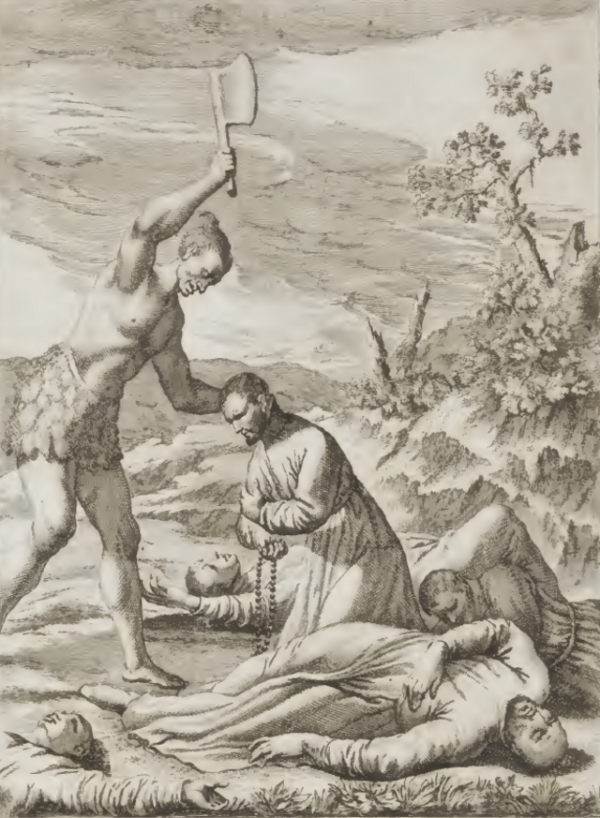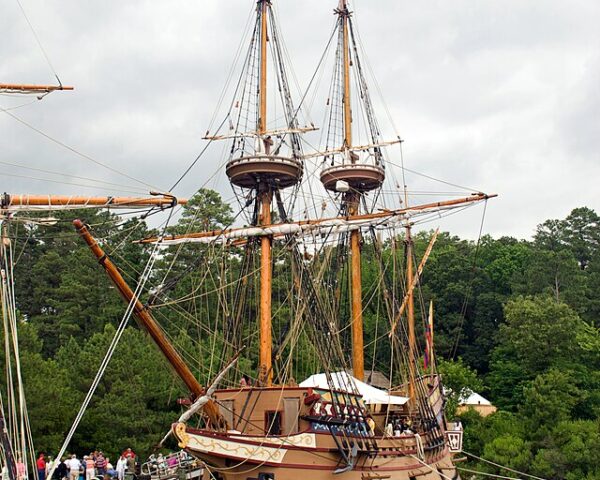The Ajacán Mission, also known as the Spanish Jesuit Mission of Ajacán, represents a tragic and often overlooked chapter in the history of early European attempts to establish a Christian foothold in what is now the United States. The mission was founded in 1570 by a group of Spanish Jesuit priests led by Father Juan Bautista de Segura, with the ambitious goal of evangelizing the indigenous peoples of the Chesapeake Bay region. This effort, however, was marked by misunderstandings, cultural clashes, and, ultimately, violence, leading to its rapid and violent demise.
The origins of the Ajacán Mission trace back to Spain’s broader strategy of spreading Christianity and consolidating its influence in the New World. The Spanish Crown, driven by both religious zeal and the desire to compete with other European powers, supported Jesuit missionaries in their quest to convert Native American populations. The mission’s name, “Ajacán,” is derived from the native term for the area, although the precise location is a matter of historical debate. It is believed to have been near the James River in present-day Virginia.
In 1566, Father Luis de Quirós and another Jesuit priest were sent on a reconnaissance mission to scout the Chesapeake region and establish friendly relations with the indigenous peoples. During this initial expedition, they encountered a native named Don Luis, who had been taken to Spain years earlier and had converted to Christianity. Don Luis, originally from the Powhatan Confederacy, served as a guide and interpreter for the Spanish. The Jesuits believed that his return to his homeland could aid in their mission to evangelize the local tribes.
In 1570, the mission was officially established when Father Juan Bautista de Segura, along with seven other Jesuits, including a young novice, set out from Havana and landed on the Chesapeake Bay. Don Luis accompanied them, and the mission initially seemed to hold promise. The Jesuits built a small settlement and began their efforts to convert the local population to Christianity. However, their approach—focused heavily on religious instruction—clashed with the indigenous people’s way of life and cultural beliefs.
Tensions soon arose, exacerbated by the Jesuits’ reliance on Don Luis, who began to resist his role in aiding the missionaries. His disillusionment grew, possibly due to cultural alienation, homesickness, or the realization of the far-reaching implications of the Jesuits’ presence. Eventually, Don Luis abandoned the mission and returned to his people, leaving the Jesuits isolated and vulnerable.
The situation rapidly deteriorated. The Jesuits, lacking supplies and support from Spain, found themselves in a precarious position. Their relationship with the indigenous people, strained by cultural misunderstandings and the Jesuits’ attempts to impose their beliefs, reached a breaking point. On September 10, 1571, Don Luis and a group of warriors attacked the mission, killing Father Segura and all but one of the Jesuits. The sole survivor, a young novice named Alonso de Olmos, was captured and later rescued by a Spanish expedition.
The massacre of the Ajacán Mission marked the end of this early attempt at Christianization in the Chesapeake region.






